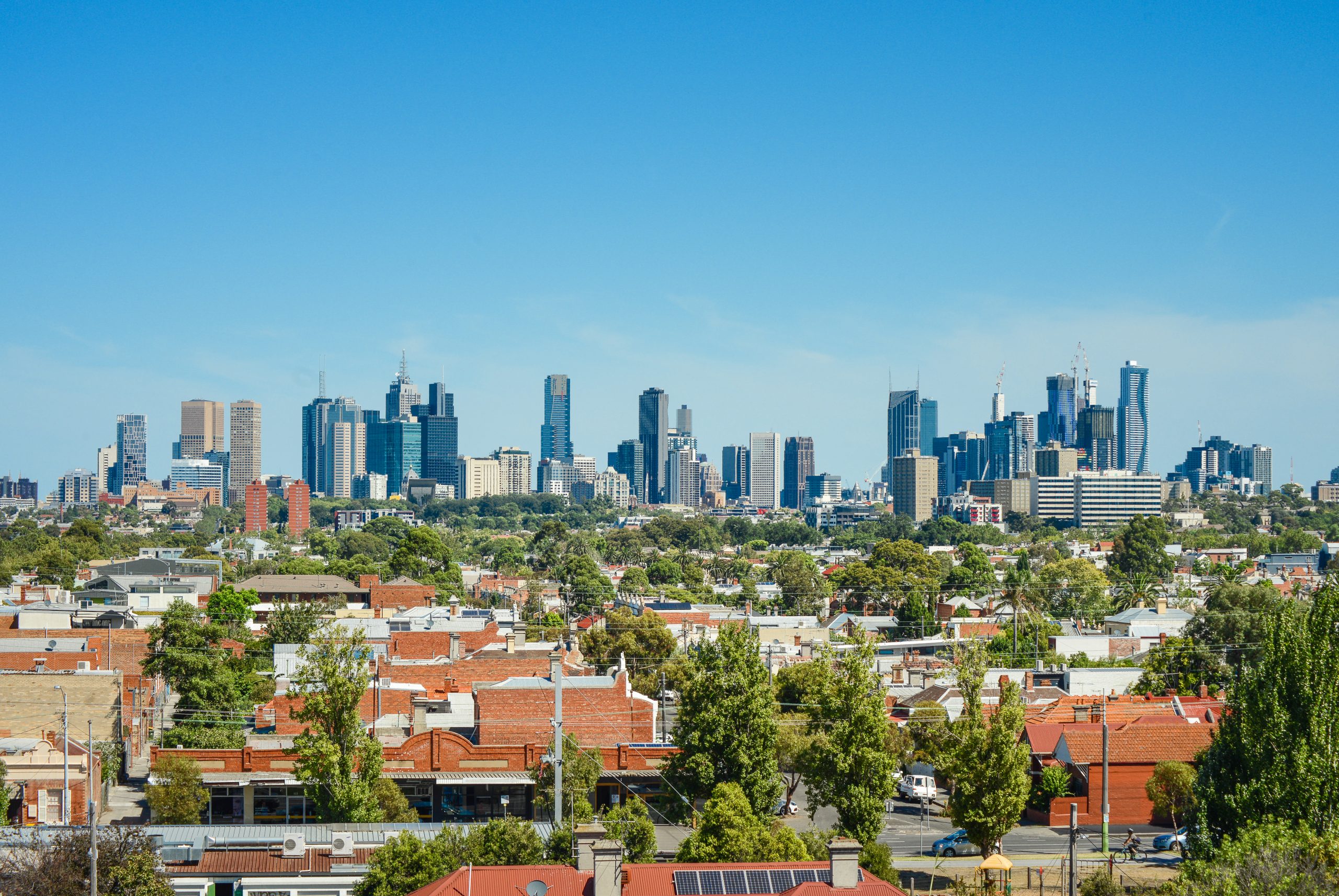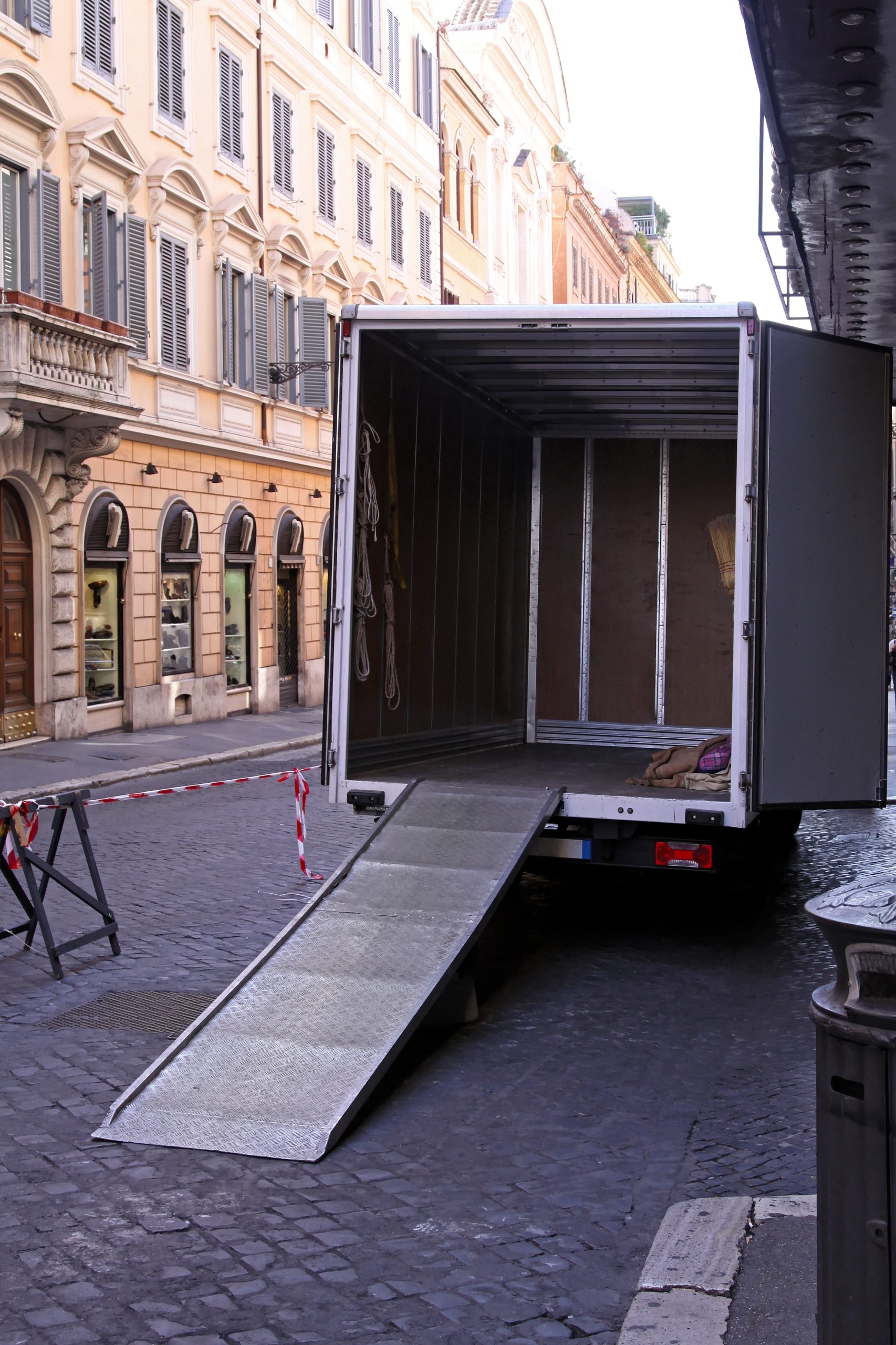Where you live plays a huge part in who you are as a person in the world. There’s an undeniable difference in the rhythm of a big city versus a small town. That rhythm alone – the pace at which people plug along day after day – affects so much about a person. In movies the Big Shot Big City Lawyer is always in a rush, and the Small Town Simple Farmer can’t be hurried along for anything. And it’s true; people in larger cities move faster. You can always tell a tourist from a dweller on the streets of NYC or Hollywood.
Granted, these assumptions are very general and not everyone fits “the mold” of where they live. These are the people most likely to migrate to a coast or inland, to find a place more suited to them. But why is this the way it is? What creates this rhythm? Let’s ponder…
Distance and Space Between
The most notable difference between big and small cities isn’t their size, necessarily, but how much is crammed into the area. Seriously, just think about the irony that in a large city like Los Angeles where every centimeter of space is being taken up by someone or something, there’s less space to own, let alone exist, than in a small town like Kingfisher, OK where the nearest shopping mall is over an hour away in Oklahoma City. And Los Angeles is in the midst of massive development everywhere; tearing down old, flailing buildings and making way for high-rise, high-occupancy buildings with fine dining and shops on their first floor.
This isn’t to say smaller towns of 50,000 people or so are deprived of all civilization. It’s still the 21st century. They have shopping centers and more densely populated areas. But they also have space between things, yet nothing is more than 10 minutes away. It makes tasks like going to the grocery store less daunting.
Volume of People and Things
Further down this difference line we get the number of people and things sharing these small or large seeming spaces. Add this one factor to the example we just used of grocery shopping and this mundane, necessary task changes instantly. Unless you’re there the moment the doors open to Trader Joe’s on a Tuesday, there will never be a time when it’s “not that busy”. As the day goes on, it only gets worse. And it’s not just the crowds of people you have to muddle through, it’s the cars and traffic. Grocery shopping in a smaller town might take an hour if you’re buying a lot and taking your time browsing the aisles. Step out for a total of 10 things and you’ll spend half an hour sitting in traffic just getting there and back in a larger city.
More people in a smaller amount of space lends itself to an array of habits and feelings like you never have enough time for anything and so your life is a constant grind of go, go, go! There’s a heightened sense of urgency among big city dwellers that doesn’t exist in smaller towns.
As far as things and things to do, it’s not that there “isn’t anything to do” in a small town, there’s just only so much to do. Listening to Cory Booker speak about his time as Mayor of Newark, NJ, he spent a lot of time trying to attract businesses to his smaller town. Newark’s a town of close to 300,000 people and it was a tough sell because the investor’s didn’t believe that the smaller town could sustain a business of their size. Booker was able to get businesses there and the city got a nice little boom, but think of towns that are smaller than that. They aren’t likely to have luxury movie theatres like the Arclight or a Starbucks on every corner. Theatres with spoken word, original plays, or open mic comedy nights don’t exist. There’s one local, community run theatre – if you’re lucky. Orchestras and museums aren’t in every small town. The Arts are the last to flourish in smaller towns.
Again, though, it isn’t that they don’t exist, they just aren’t a huge portion of what there is to do in a small town. It’s encouraging to see more small boutiques and coffee shops pop up that have locally sourced goods and ingredients to sell their customers. Even things like Wine and Paint nights are becoming more trendy in smaller areas. But it’s not like NYC where you could go out every single night forever and still have something new to do.
Proportional and Relative
There are many more differences on a substantially nuanced level between the densely and sparsely populated areas of the country. But these two main points are the biggest factors in what we first noted was the main difference – a city’s rhythm. Less people and more room gives the sense of having more time and less need to rush. Flip the script and it’s no wonder there’s more stress and demand for instant results, and less feeling like you have room to breathe and relax. It affects people differently. Some people were born ready to run, and so they feel at ease in a faster paced environment. Others are content to take their time and enjoy the view, so the slow beat of a small town’s drum appeals to their senses. Whatever type of person you are, if you feel you were born in the wrong environment, you can always change it with a move.








